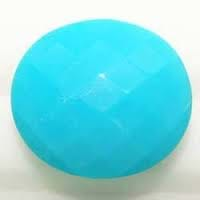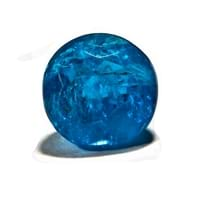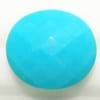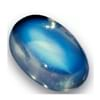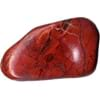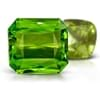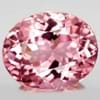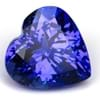Origin
Afghanistan, Australia, India, blue, green, blue, green
Mexico, USA, Canada, Madagascar, Spain, Russia, Sri Lanka, India, Burma, Color: green, greenish yellow, blue, violet, Hardness: 5, Refractive index: 1.60 1.67, Density: 3.17 3.35, Chemical composition: Phosphate composition, Crystal structure: hexagonal, Lustre: vitreous, Origins: Mexico, USA, Canada, Madagascar, Spain, Russia, Sri Lanka, India, brown, green, Yellow, violet, brown, green, Yellow, violet
Color
Green, Blue, gray
Yellow, Green, Blue, Blue, Green, White, Yellow, Green, Red, Blue, Green, Colorless, Yellow, Blue, Violet, pink, Brown
For which Rashi?
Sagittarius, Pisces, Aquarius, Sagittarius, Pisces, Aquarius, Sagittarius, Pisces, Aquarius
Gemini
Planet
Venus, Neptune
Mercury
Element of Planets
Earth
Earth
Energy
Receptive
Projective
Finger
Not Available
Not Available
Ring Metal
Not Available
Not Available
Deities
Buddha
Jupiter/Neptune
Not to wear with
Not Available
Not Available
Powers
Protection, Courage, Love
Healing
Planetary
Not Available
Not Available
Talisman
Not Available
Not Available
Tenacity
Not Available
Not Available
Solubility
Soluble
Not Available
Durability
Not Available
Not Available
Specific Gravity
2.30-2.90
3.16-3.23
Fracture
Conchoidal, ConchoidalArthur Thomas, Gemstones (2009), Brittle
Conchoidal, Uneven, Conchoidal, Brittle, ConchoidalArthur Thomas, Gemstones (2009), Conchoidal to uneven
Cleavage
Good to perfect_usually N/A
[0001] indistinct, [1010] indistinct
Chemical Composition
CuAl6(PO4)4(OH)8 • 4H2O
Ca 5(PO 4) 3(F,OH,Cl)Walter Schumann , Gemstones of the world (2001) More from other references
Pleochroism
Weak
Blue stones – strong
Transparency
Translucent, Opaque
Gemmological Tables (2004) More from other references
Refractive Index
1.610-1.650
1.628-1.651
Optic Character
Not Available
Not Available
Crystal System
Triclinic
Hexagonal
Birefringence
0.040
0.002-0.008
Clarity
Translucent
TransparentUlrich Henn and Claudio C. Milisenda
Neurological
Not Available
Not Available
Cardiovascular
Not Available
Not Available
Respiratory
Not Available
Not Available
Reproductive
Not Available
Not Available
Digestive
Not Available
Not Available
Psychology
Not Available
Not Available
Healing
Not Available
Not Available
Qualities Associated
Not Available
Not Available
Turquoise Vs Apatite Fracture
Fracture is an important parameter when you compare Turquoise and Apatite Physical Properties. It is necessary to understand the significance of these properties, before you compare Turquoise Vs Apatite fracture. Whenever a gemstone chip breaks, it leaves a characteristic line along its breakage. Such lines are known as fracture and are used to identify the gemstones in their initial stages of production when they are in the form of rough minerals. Fracture is usually described with the terms “fibrous” and “splintery” to denote a fracture that usually leaves elongated and sharp edges. Fracture observed in Turquoise is Conchoidal, ConchoidalArthur Thomas, Gemstones (2009) and Brittle. Apatite fracture is Conchoidal, Uneven, Conchoidal, Brittle, ConchoidalArthur Thomas, Gemstones (2009) and Conchoidal to uneven.
Turquoise Vs Apatite Luster
A primary knowledge about Turquoise vs Apatite luster is useful in apparent identifications of these gemstones. Luster is the measure of light that gets reflected when incident on a finished cut gemstone. There are two major types of lusters: Silky and Adamantine. Since luster varies between two crystals of even the same gemstone, luster is limited to basic identification criteria. Turquoise exhibits Waxy luster. Apatite, on other hand, exhibits Vitreous luster.
